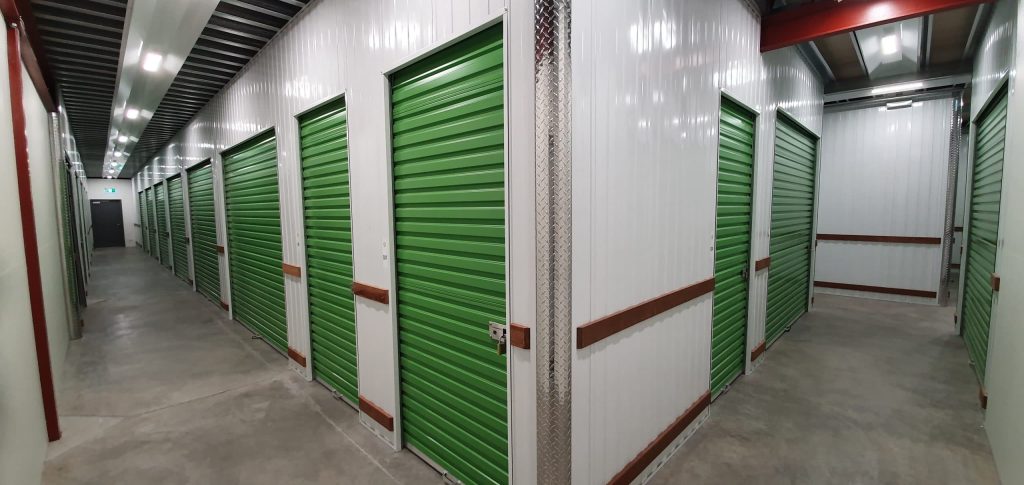Enhancing customer satisfaction in goods storage centers is crucial for improving delivery times and overall service efficiency. Effective management of storage facilities not only ensures timely deliveries but also contributes to a seamless customer experience. Goods storage centers play a pivotal role in inventory management. By implementing advanced inventory tracking systems such as RFID Radio Frequency Identification or barcode scanning, centers can monitor stock levels in real-time. This allows for accurate forecasting of demand and ensures that sufficient stock is available to fulfill orders promptly. Additionally, automated inventory management reduces human error, minimizing delays in locating and preparing goods for shipment. Here is how goods storage centers can achieve this.
Efficient Layout and Organization:
A well-organized storage layout is essential for reducing retrieval times. Goods should be categorized and stored based on frequency of access and size, with popular items placed in easily accessible locations. This streamlines the picking process, enabling staff to retrieve items quickly and prepare them for dispatch without delays. Utilizing shelving systems, pallet racking, and automated storage solutions further enhances efficiency by optimizing space and facilitating faster access to goods.

Integration of Technology:
Technology integration plays a crucial role in improving delivery times. The istanbul eşya depolama centers can leverage warehouse management systems WMS to automate tasks such as order processing, inventory tracking, and route optimization. WMS software provides real-time visibility into warehouse operations, allowing managers to identify bottlenecks and implement corrective actions promptly. Additionally, the use of automated guided vehicles AGVs or robotics for goods movement and retrieval minimizes manual handling and accelerates order fulfillment processes.
Streamlined Logistics Operations:
Effective logistics management is key to ensuring timely deliveries from goods storage centers. Collaborating with reliable transport providers and optimizing delivery routes reduces transit times and enhances delivery reliability. Additionally, implementing Just-In-Time JIT inventory strategies can minimize storage costs while ensuring that goods are available precisely when needed, reducing lead times and improving overall customer satisfaction.
Focus on Customer Communication:
Clear and timely communication with customers is essential for managing expectations and enhancing satisfaction. Goods storage centers can implement customer portals or order tracking systems that provide real-time updates on order status and shipment tracking. Proactive communication regarding delays or unforeseen circumstances enables customers to plan accordingly and reduces dissatisfaction due to unexpected delays.
Continuous Improvement and Feedback Loop:
Continuous improvement is essential for goods storage centers to adapt to changing customer needs and market demands. Regular performance reviews, feedback collection from customers, and benchmarking against industry standards help identify areas for improvement. By incorporating customer feedback into operational strategies and investing in employee training programs, centers can enhance service quality, reduce errors, and ultimately improve delivery times.
Enhancing customer satisfaction in goods storage centers involves optimizing inventory management, leveraging technology, streamlining logistics operations, focusing on customer communication, and embracing continuous improvement practices. By implementing these strategies, goods storage centers can not only improve delivery times but also establish a competitive edge in the market by delivering exceptional service experiences to their customers.
